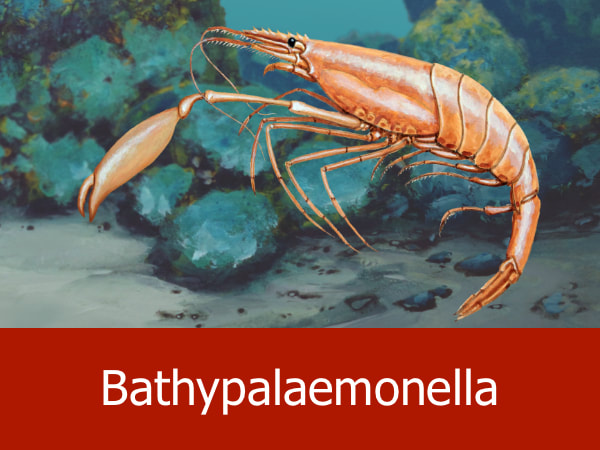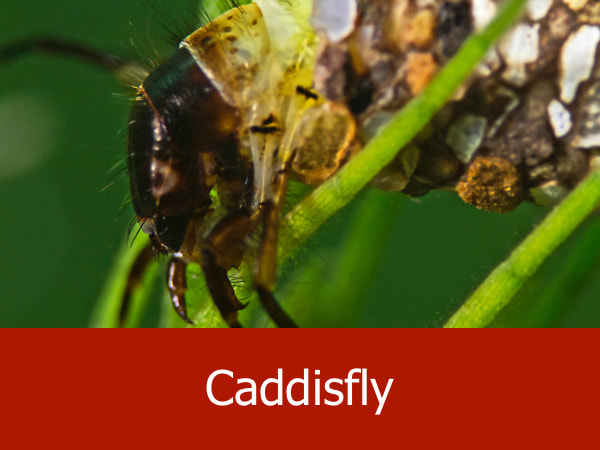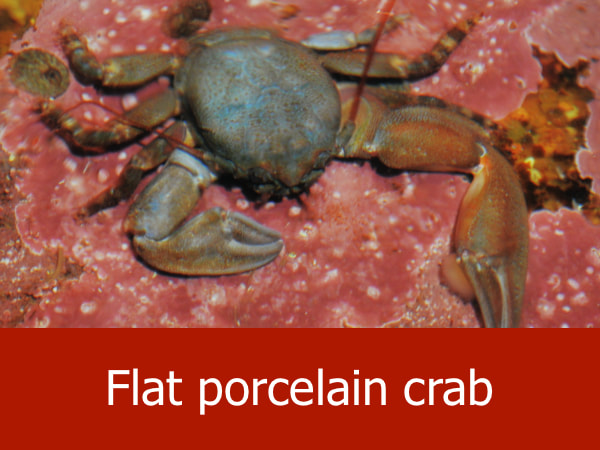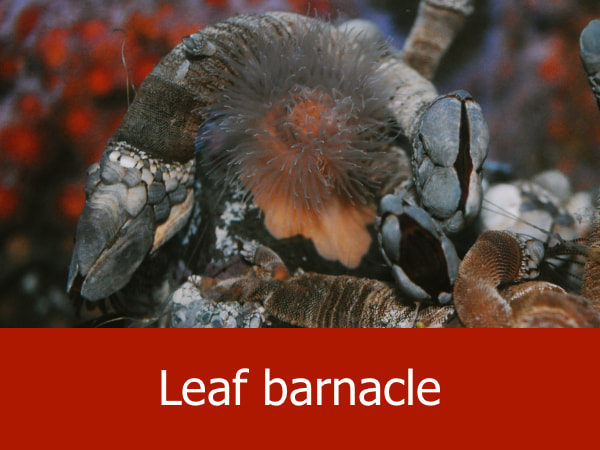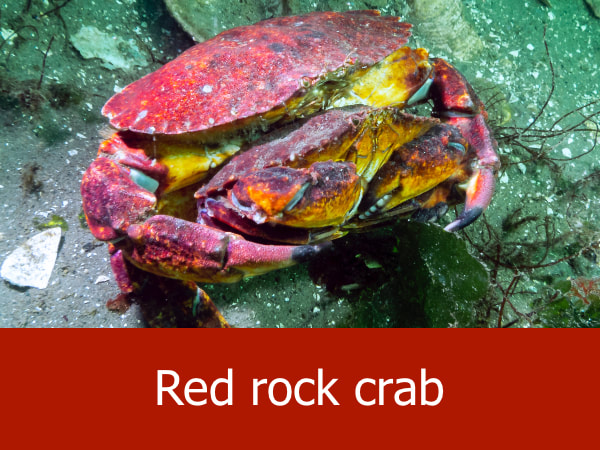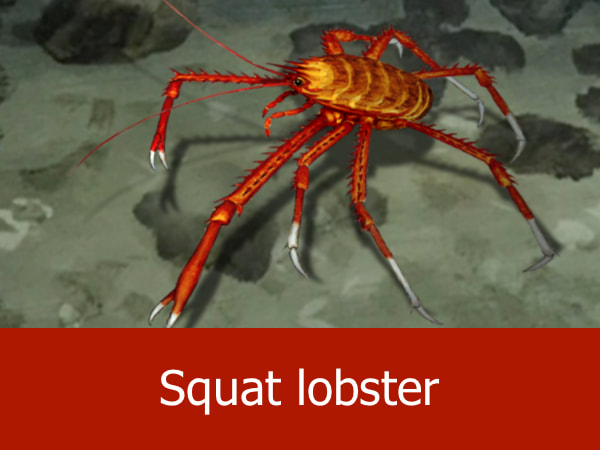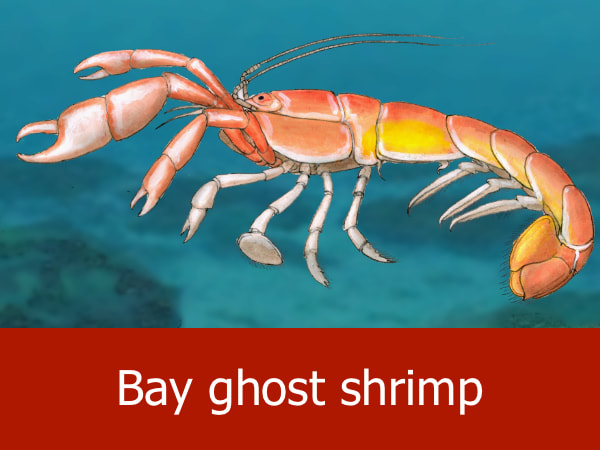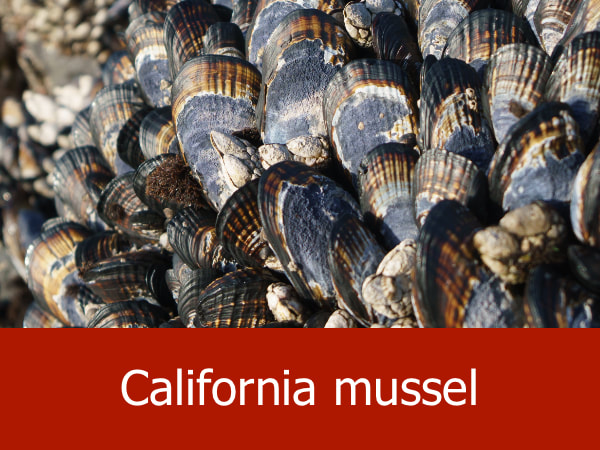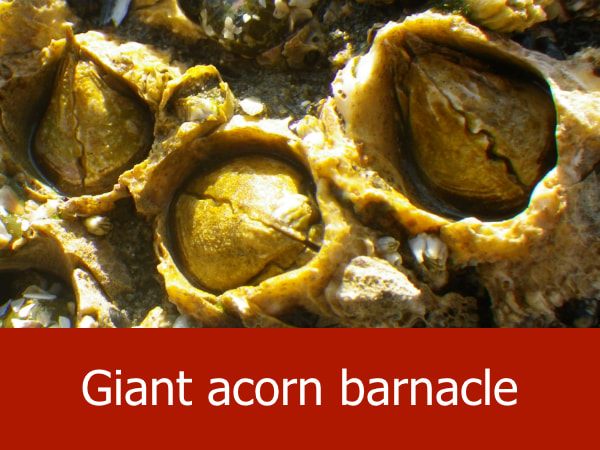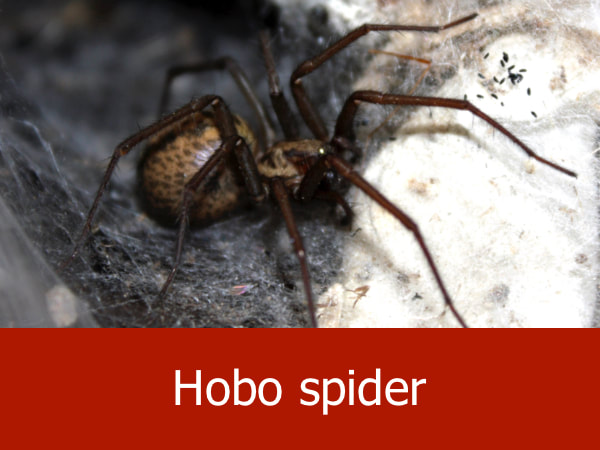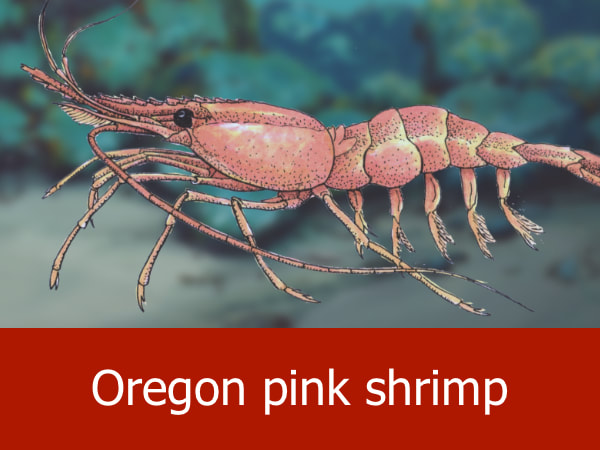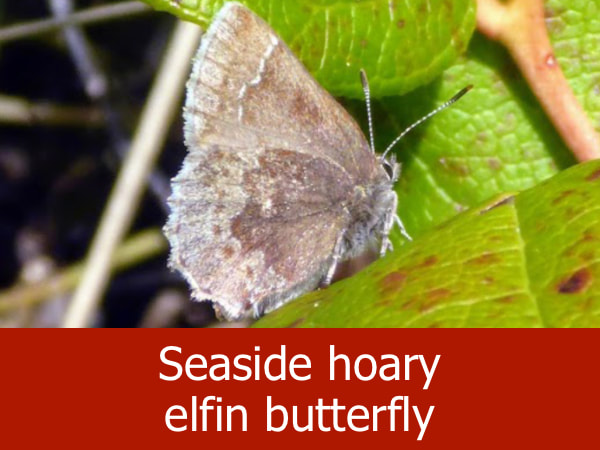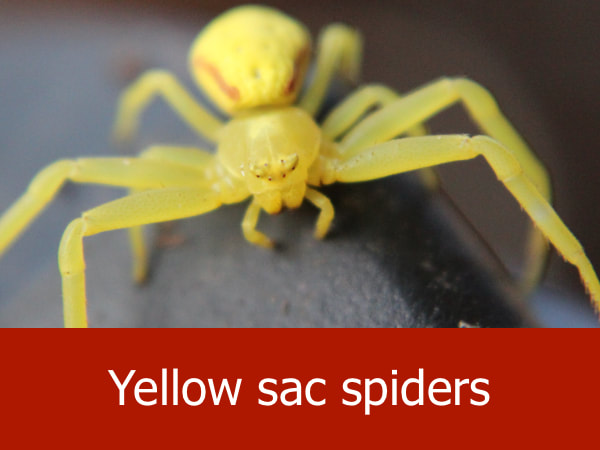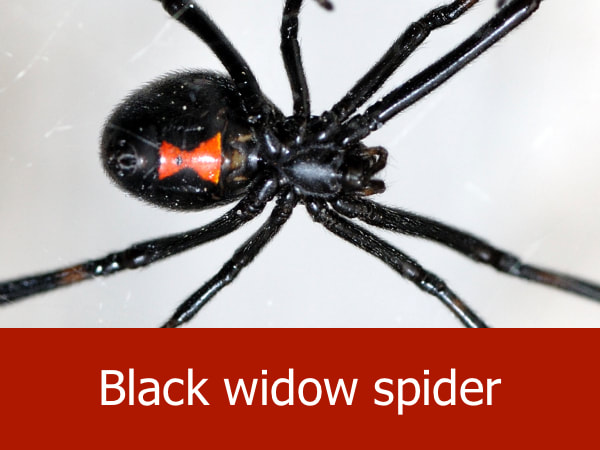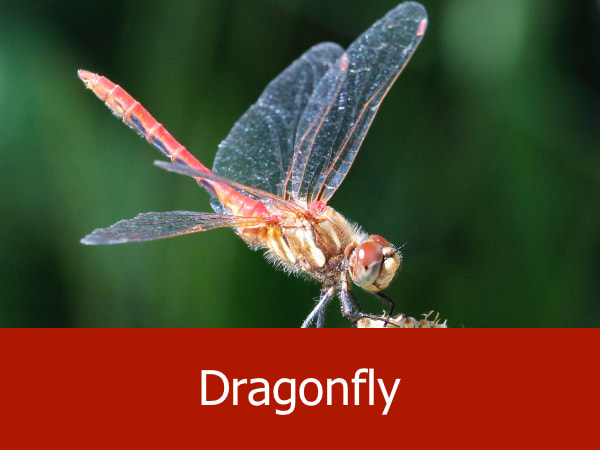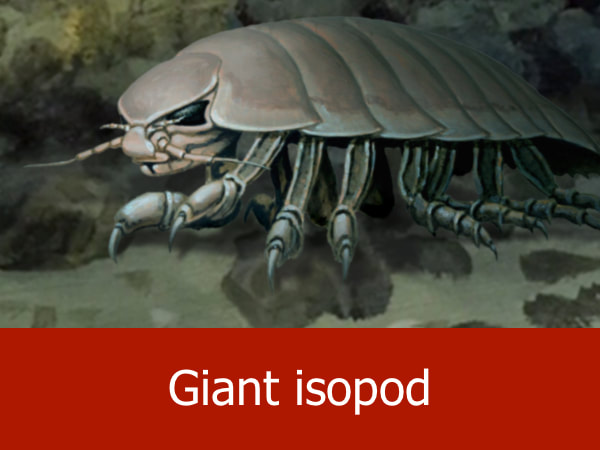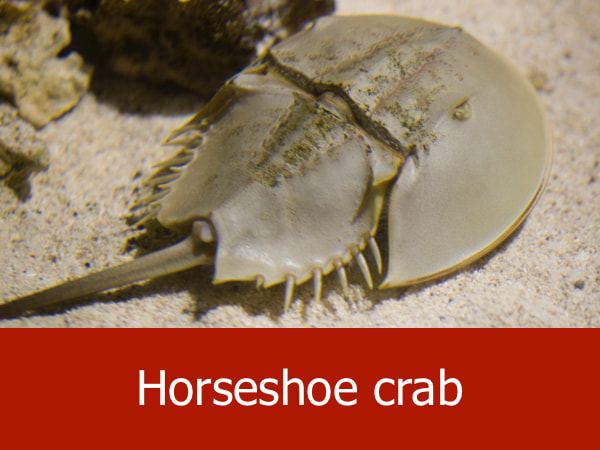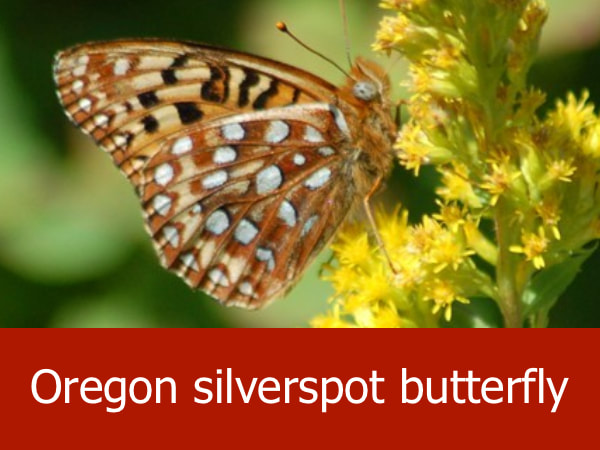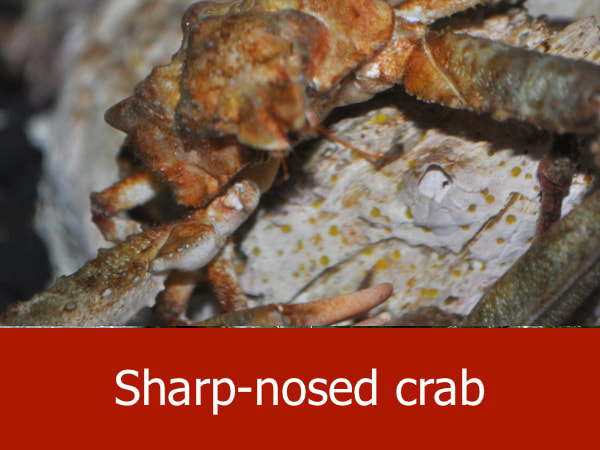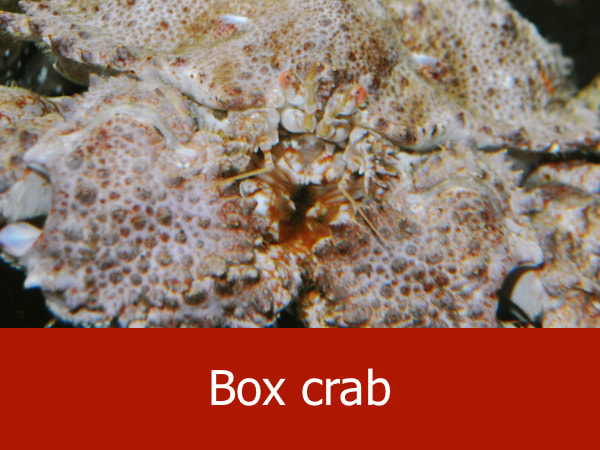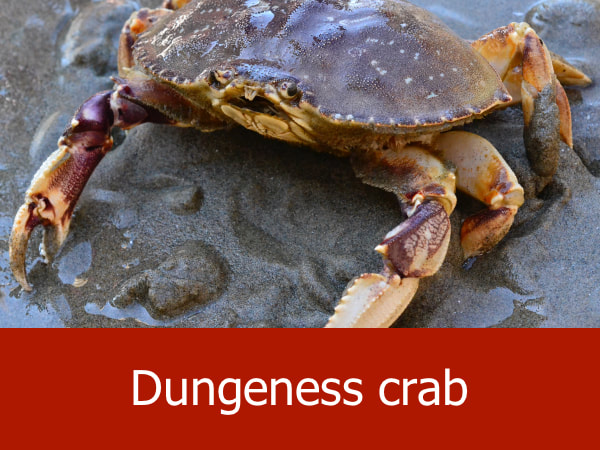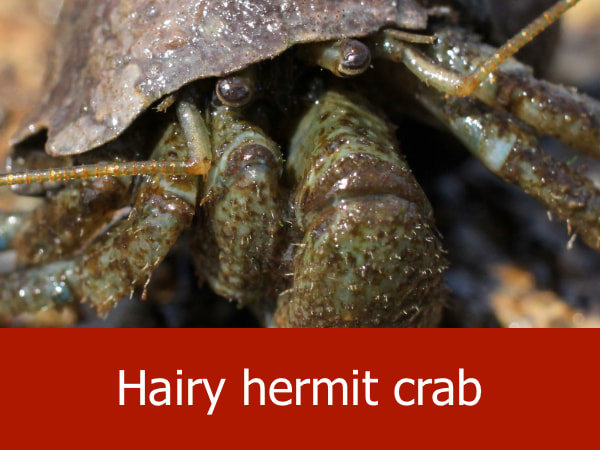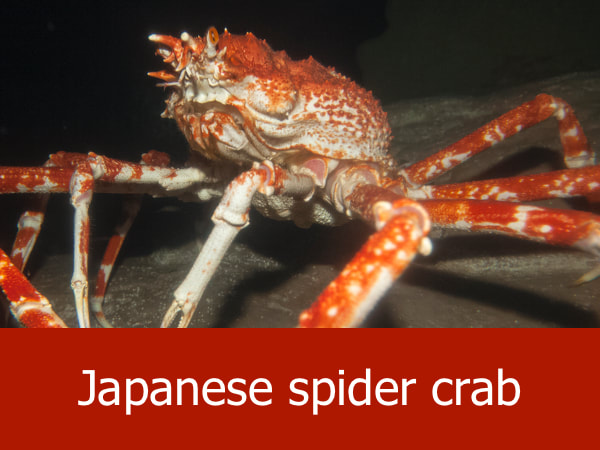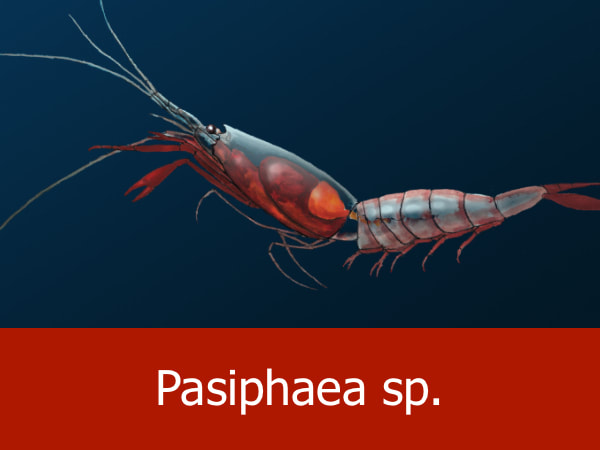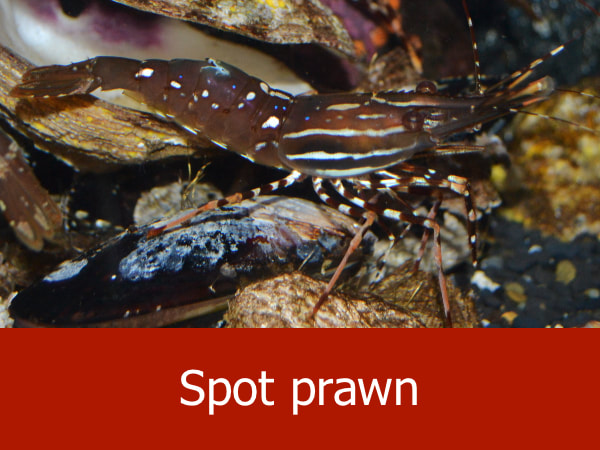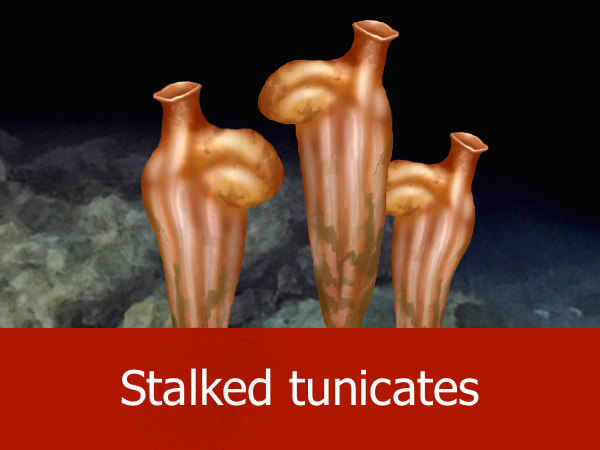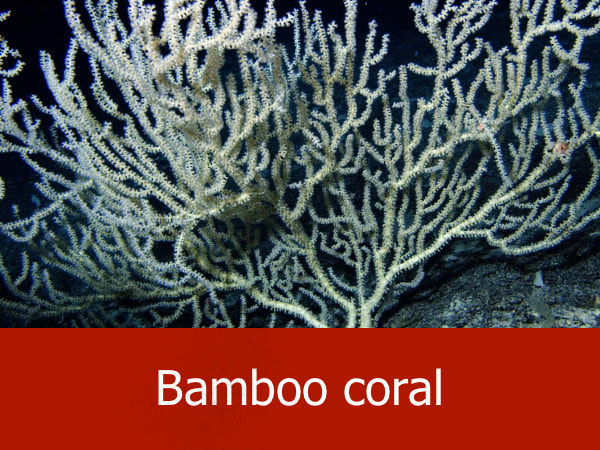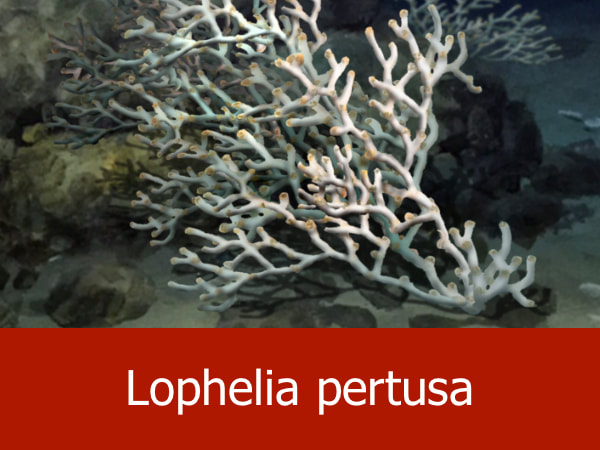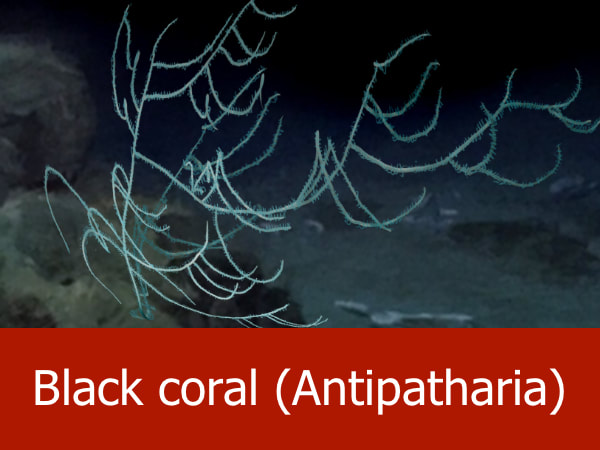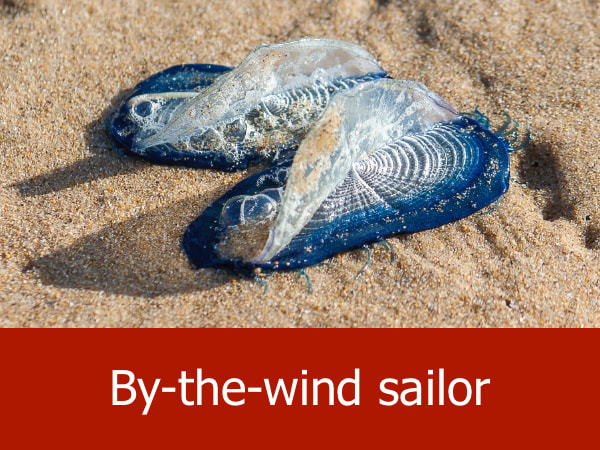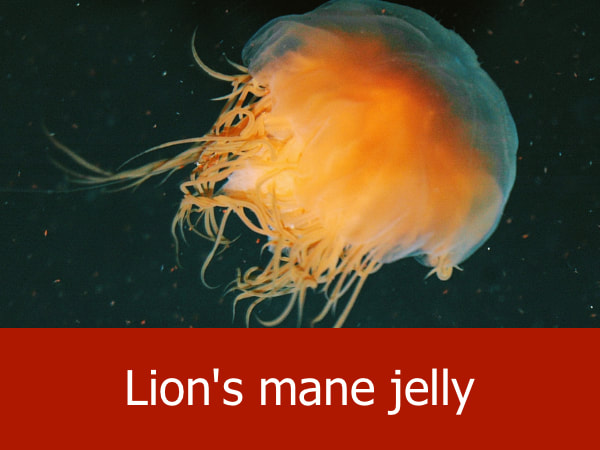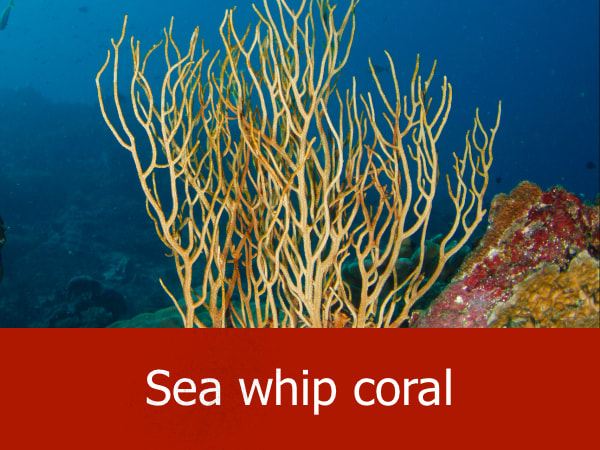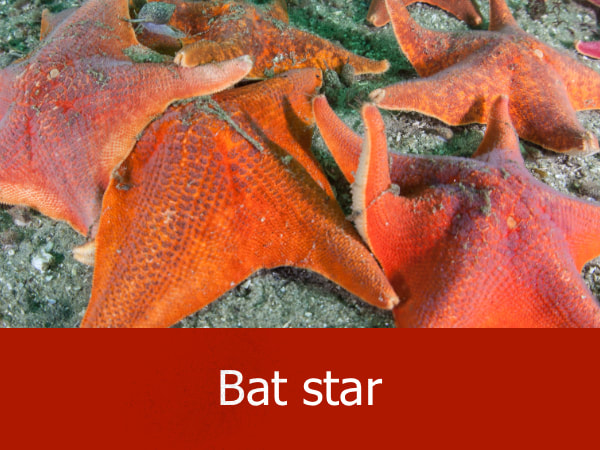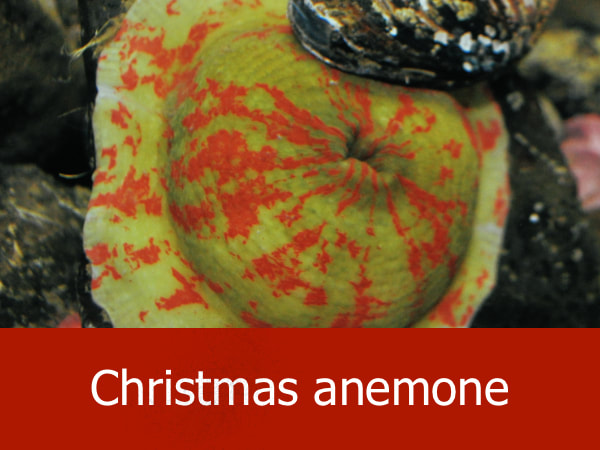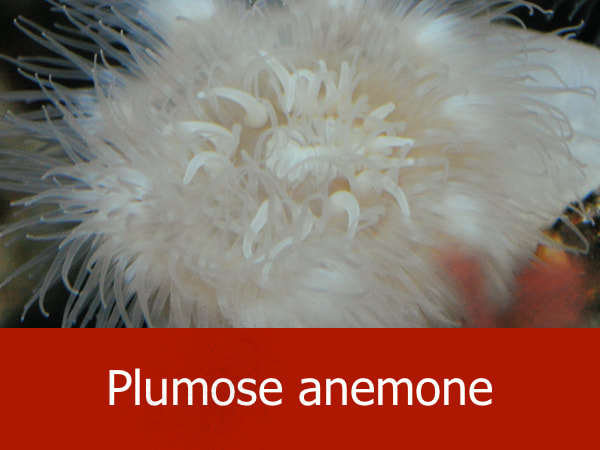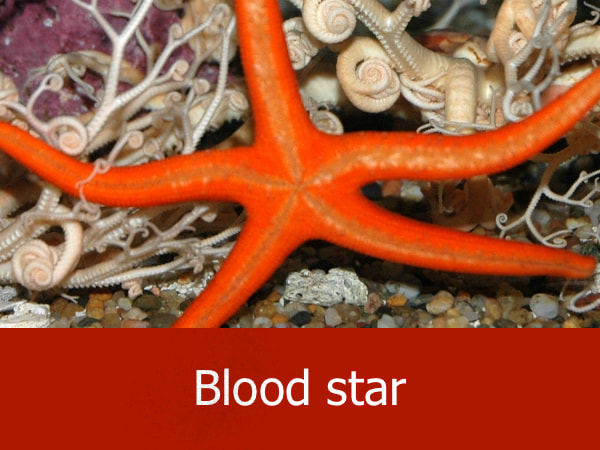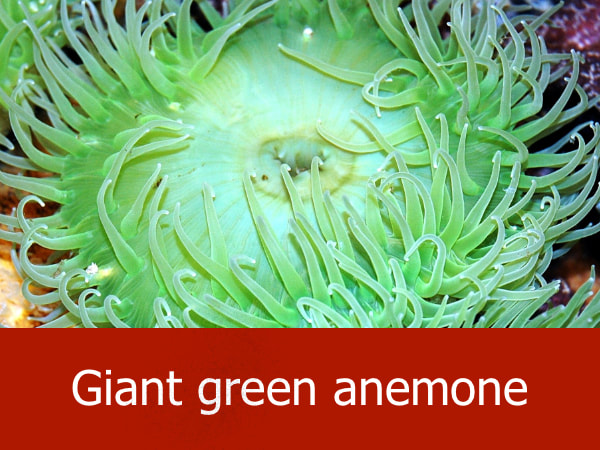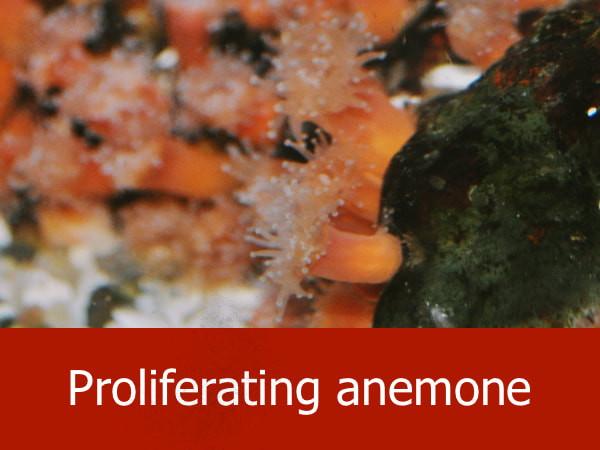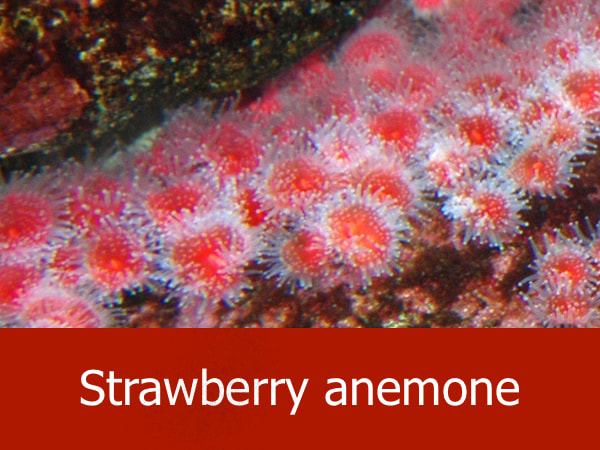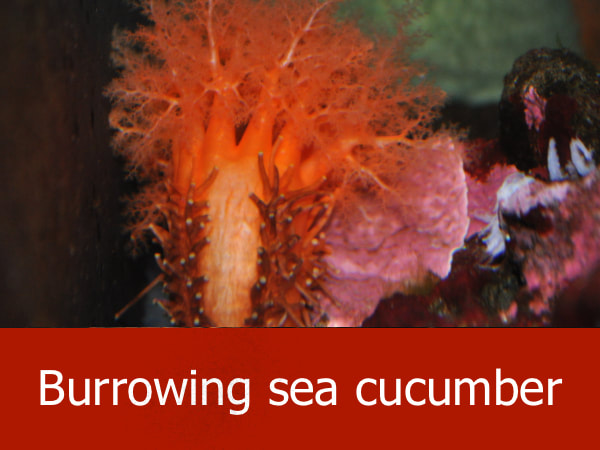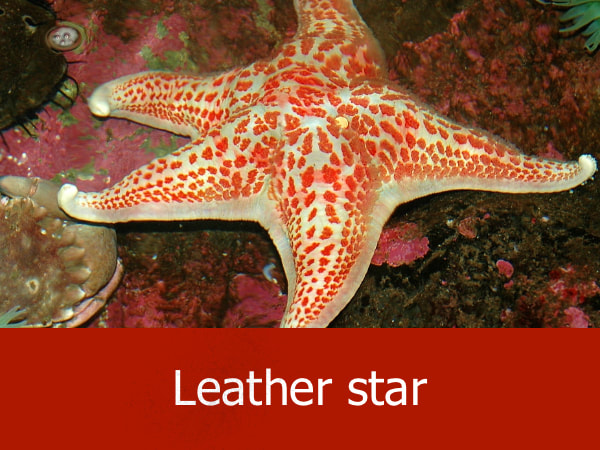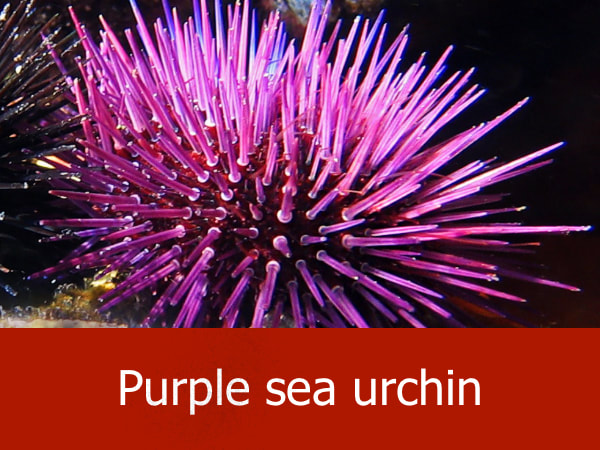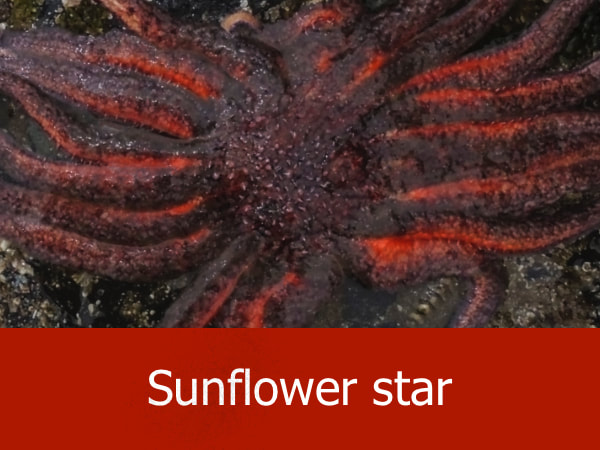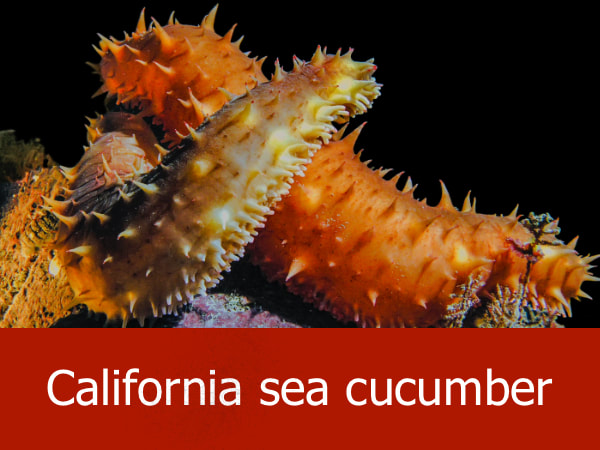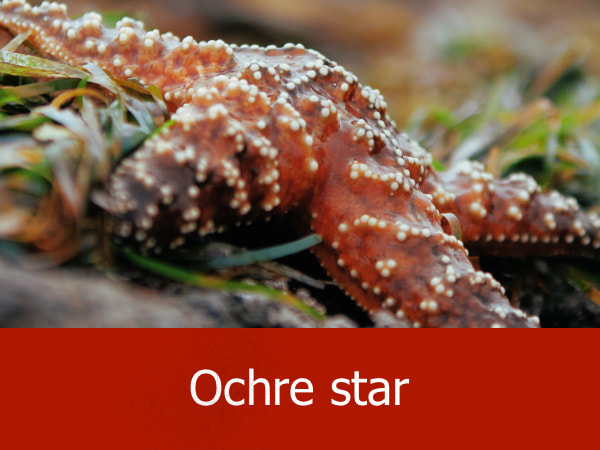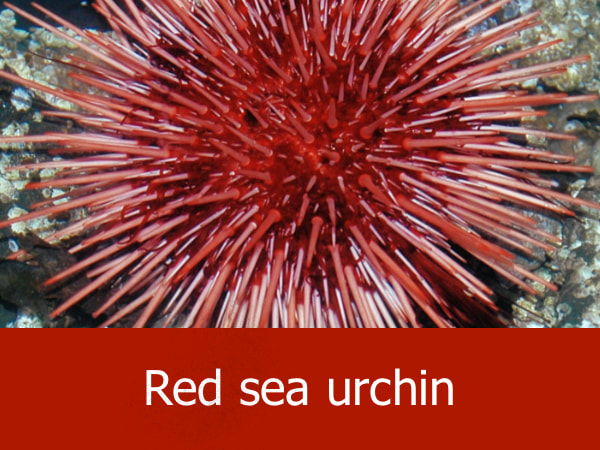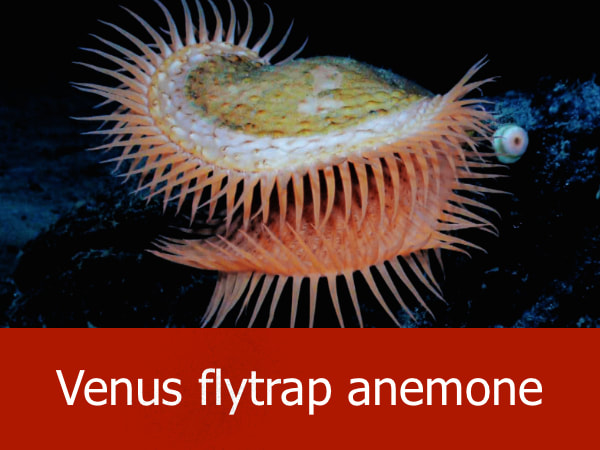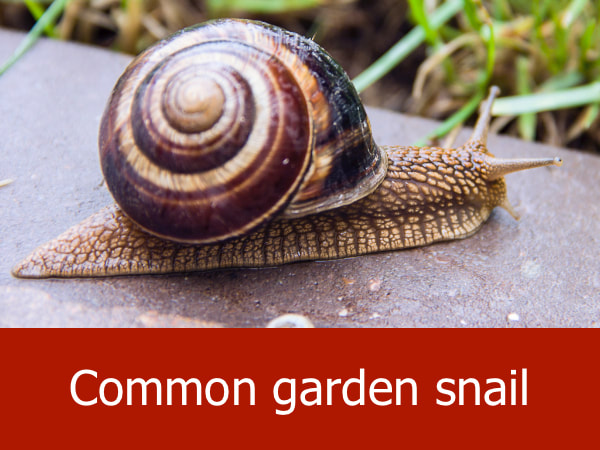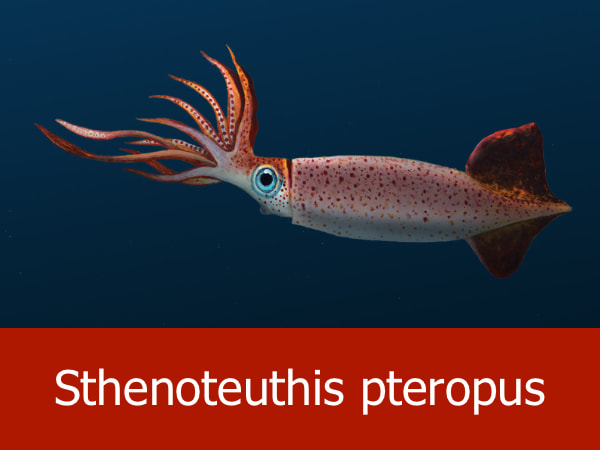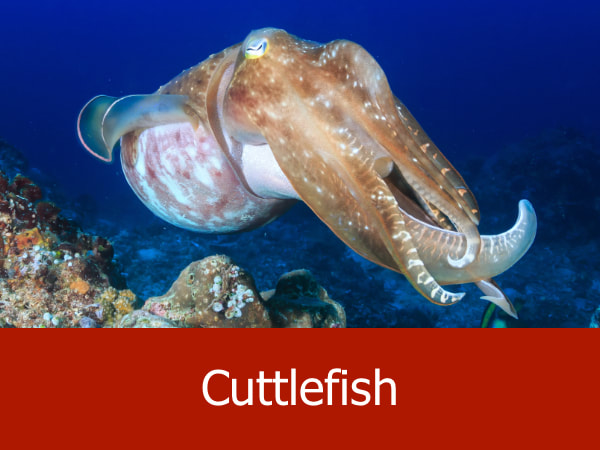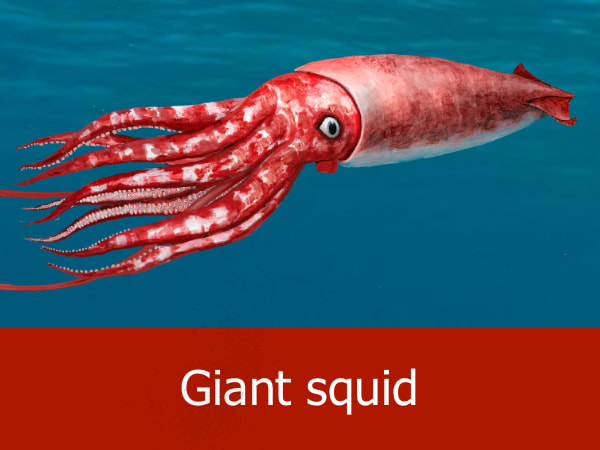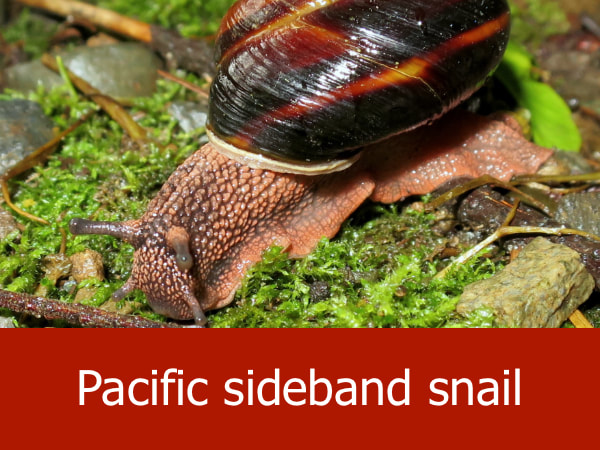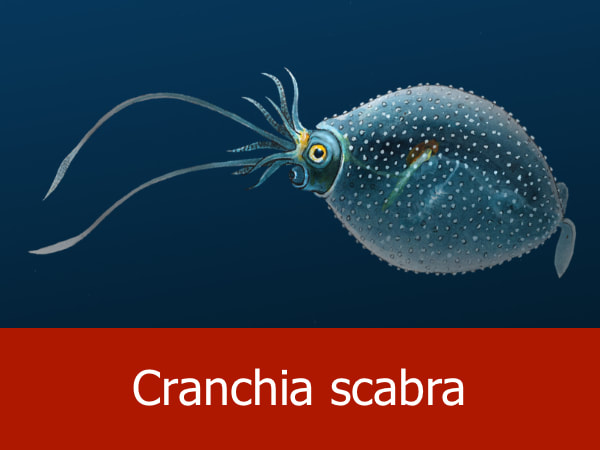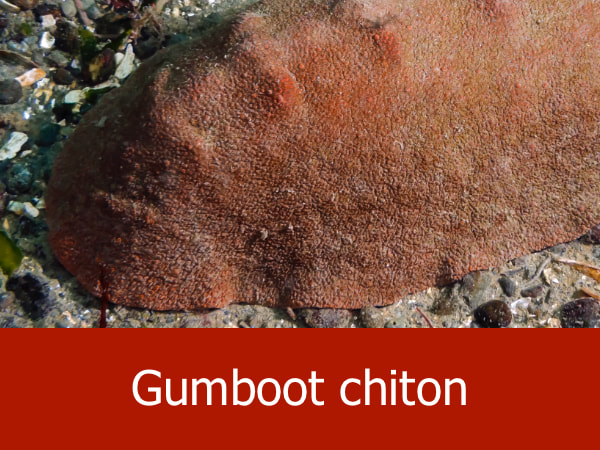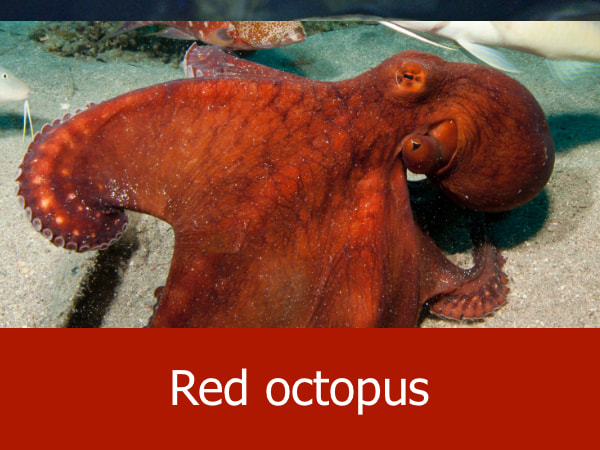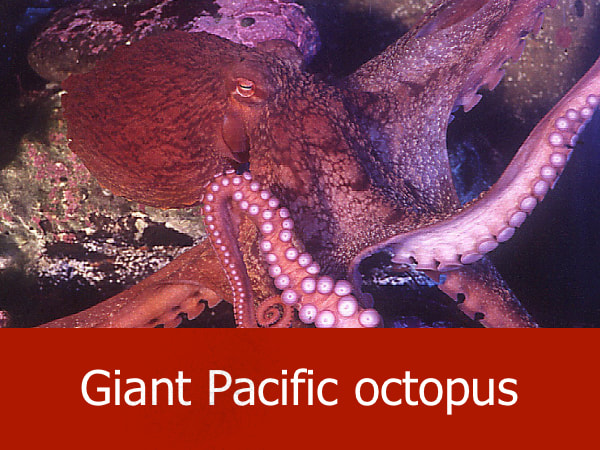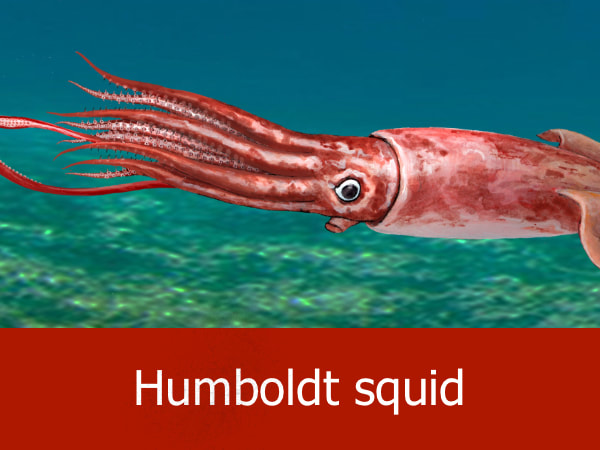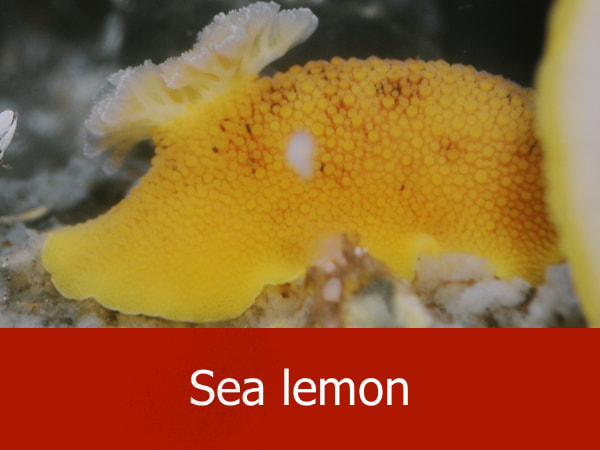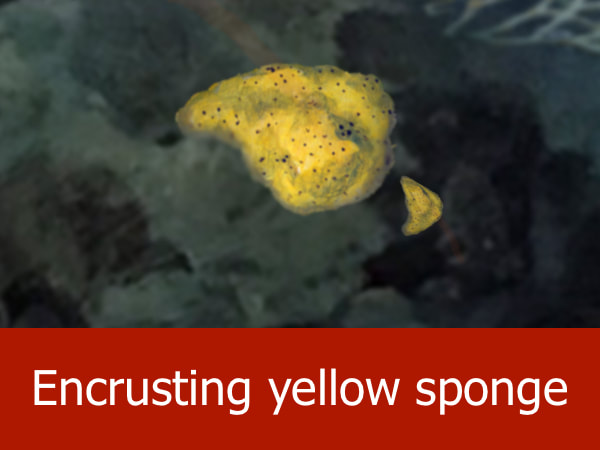EXPLORE > ANIMALS
Invertebrates make up 97% of all animals on Earth. Invertebrates lack backbones and therefore the category includes all animals that are not vertebrates.
Invertebrates make up 97% of all animals on Earth. Invertebrates lack backbones and therefore the category includes all animals that are not vertebrates.
ARTHROPODS (Arthropoda):
Arthropods are animals with an external skeleton called an exoskeleton, a segmented boys and paired jointed appendages. The hard exterior is made of chitin, a material similar to that of your fingernails, which they will periodically moult. This phylum includes insects, arachnids (spiders), myriapods (millipedes, centipedes, etc.) and crustaceans.
CHORDATES:
A chordate is an invertebrate which possesses a notochord, a cartilaginous skeletal rod which supports its body during some phase of its lifecycle. Their body structure includes filter feeder organs (similar to a mouth) at one end and an anus at the other.
CNIDARIANS:
This phylum contains over 10,000 aquatic (freshwater and marine) species. Distinguishing features of these animals are specialized cells called cnidocytes which are used for stinging or capturing prey. Their bodies consists of a jelly-like substances (thus, many in this phylum are referred to as "jellies") with outer layers of connective tissue. These animals may swim freely or be attached to the ocean floor or other substrates. Their mouths are surrounded by tentacles.
ENCHINODERMS:
This phylum consists of marine invertebrates such as sea stars, sea urchins, or sea cucumbers. The adults are recognizable by their (usually five-point) radial symmetry. There are approximately 7,000 known species in this phylum and they can be found at every ocean depth from tide pools to trenches. There are no known examples of freshwater or terrestrial echinoderms.
MOLLUSKS:
This is the second largest phylum of invertebrate animals with around 85,000 known species. About a quarter of all known marine organisms are mollusks with many more residing in both freshwater and terrestrial ecosystems. As a group, they are highly diverse in size, anatomical structure, behavior and habitat. Cephalopod mollusks, such as squid, cuttlefish and octopus, are neurologically advanced and highly intelligent.
SPONGES:
Also known as Poriferans, these are sessile (they do not move) multicellular organisms which can be found in both marine and freshwater environments. Their bodies are cylindrical, asymmetrical or have a radial symmetry. They have a unique feeding strategy for animals in that sponges do not have mouths. Rather they raw in and filter nutrients out of the water through tiny pores on their outer walls. Water is then expelled, along with wastes, through larger pores. Sponges are one of the oldest marine species on earth.


